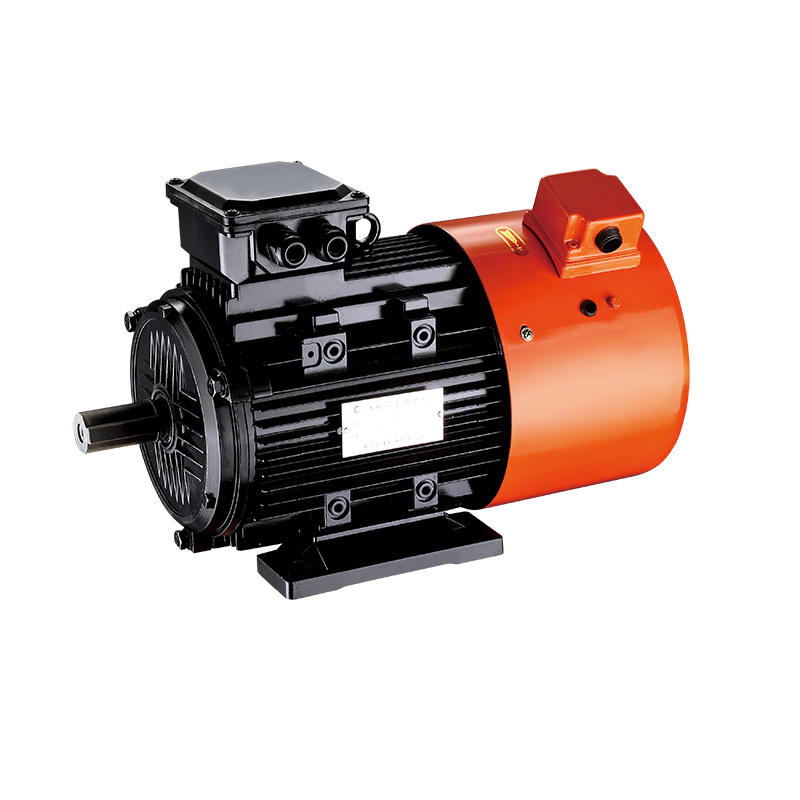Permanent Magnet Synchronous Motors (PMSMs) are widely used in industrial, commercial, and transportation systems due to their high efficiency, compact structure, and precise control characteristics. As with any advanced electrical equipment, using PMSM Permanent Magnet Synchronous Motors involves adhering to certain precautions to ensure performance, longevity, and system safety.

The PMSM Permanent Magnet Synchronous Motor operates based on a rotating magnetic field generated in the stator and permanent magnets embedded in the rotor. This synchronous interaction allows the rotor to follow the stator's magnetic field with minimal slip, delivering high torque density and energy efficiency. Unlike induction motors, PMSMs do not require rotor windings or slip rings, resulting in reduced mechanical complexity and improved operational stability.
Due to their sensitivity to external electrical and mechanical conditions, PMSM Permanent Magnet Synchronous Motors require attentive handling throughout their service life. From installation to operation and maintenance, each phase presents specific considerations to maximize performance.
1. Environmental Conditions:
PMSM Permanent Magnet Synchronous Motors should be installed in clean, dry, and well-ventilated environments. Exposure to high humidity, dust, or corrosive gases can affect the insulation resistance of the windings and the integrity of the motor housing. In outdoor settings or harsh industrial conditions, motors should be enclosed in protective housings rated for the specific environment.
2. Alignment and Mounting:
Proper alignment between the motor shaft and the driven load is essential to avoid undue stress on the motor bearings. Misalignment can vibration, noise, and eventual mechanical wear. It is also important to ensure that the mounting base is firm and level, vibration and allowing for stable operation.
3. Handling Magnets Safely:
Because PMSMs contain strong permanent magnets, caution should be taken when handling or inspecting the motor to prevent injury or unintentional attraction of metal objects. Magnetic fields can also affect sensitive equipment nearby, including electronic instruments and magnetic storage media.
Operational Precautions
4. Use of Suitable Motor Drives:
PMSM Permanent Magnet Synchronous Motors are typically controlled by variable frequency drives (VFDs) or servo controllers. The controller must be compatible with the motor's specifications, including voltage, current, and control strategy (e.g., field-oriented control or direct torque control). Using an incompatible drive may suboptimal performance or system instability.
5. Start-Up Procedures:
Before starting the PMSM Permanent Magnet Synchronous Motor, it is important to verify all connections, especially the phase wiring between the motor and drive. Start-up should be performed under controlled conditions, and initial speed and torque parameters should be kept moderate to observe system behavior. Sudden changes in load or speed should be avoided until the system reaches thermal and mechanical equilibrium.
6. Thermal Management:
Although PMSMs are known for high efficiency, heat is still generated during operation, particularly at high loads or speeds. Adequate ventilation or cooling mechanisms should be in place to dissipate heat. Monitoring motor temperature helps avoid overheating, which can affect magnet performance and insulation life.
7. Regular Inspection:
Routine visual and electrical inspection of the PMSM Permanent Magnet Synchronous Motor includes checking insulation resistance, bearing condition, and shaft alignment. These checks help identify early signs of wear or irregularities. Maintenance intervals can be based on operational hours or load cycles, depending on the application.